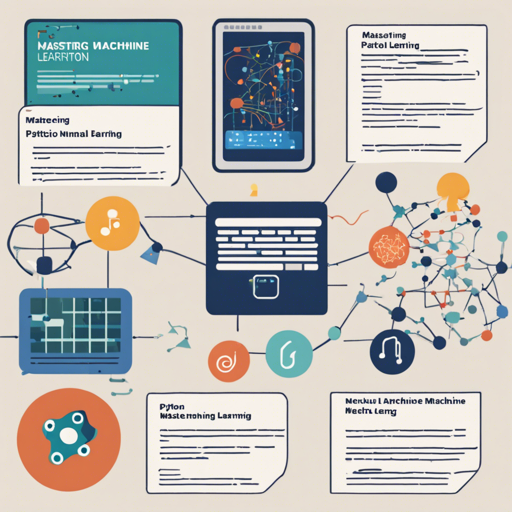In today’s world, data is often regarded as the new oil, and as the interest around Big Data, Machine Learning (ML), and Artificial Intelligence (AI) continues to rise, the role of the data scientist has never been more appealing. With the popularity of the phrase “the sexiest job of the 21st Century,” diving into this field seems more inviting than ever. However, navigating through the sheer volume of resources available can often feel overwhelming for newcomers.
This is where the book Practical Machine Learning with Python comes into play. It offers a structured, comprehensive approach that breaks down complex concepts and methodologies into digestible insights for practical application. Whether you are a budding data scientist or a seasoned professional looking to sharpen your skills, this book is your perfect companion.
Understanding Machine Learning Through Analogy
Imagine you’re a chef preparing a gourmet meal. The ingredients represent your data, the tools you use symbolize machine learning algorithms, and the finished dish showcases your successful implementation of these elements to create something delightful. Similarly, in machine learning, we start with raw data, leverage various algorithms, and transform that data into valuable insights or predictions.
- Raw Ingredients (Data): Just like a chef needs quality ingredients, your machine learning models thrive on high-quality data. The better your data, the tastier your end dish.
- Cooking Techniques (Algorithms): Just like chefs use different techniques (baking, frying, etc.) depending on the dish, machine learning provides various algorithms tailored for specific tasks (regression, classification, etc.).
- Final Presentation (Results): The way a dish is presented is crucial; similarly, how you interpret and present your machine learning results can significantly impact the audience’s understanding.
The Three-Tiered Approach of the Book
The book comprises three major parts that guide you through understanding and applying machine learning effectively:
- Part 1: Understanding Machine Learning covers the basics, including essential algorithms and an exploration of the Python machine learning ecosystem.
- Part 2: Machine Learning Pipeline focuses on standard pipelines, emphasizing data processing, feature engineering, and model building.
- Part 3: Real-World Case Studies provides diverse examples from various industries, showcasing the implementation of machine learning techniques in real-life scenarios.
Getting Started
To embark on your machine learning journey, starting with practical examples is key. This book contains hands-on tutorials that enable you to execute end-to-end projects leveraging various machine learning frameworks.
- Get your copy here and dive into the wealth of knowledge.
- Explore detailed case studies such as analyzing bike-sharing trends, movie reviews sentiment analysis, and even forecasting stock prices.
Troubleshooting Tips
As you embark on your journey through machine learning, you may face some challenges. Here are a few troubleshooting ideas:
- Data Quality Issues: Ensure that you explore your dataset thoroughly to eliminate missing values and outliers.
- Model Performance: Don’t hesitate to try different algorithms. Sometimes a simple model can outperform complex ones depending on the context.
- Understanding Results: Documentation and plotting can help you interpret model results better. Visualization is key!
For more insights, updates, or to collaborate on AI development projects, stay connected with fxis.ai.
Conclusion
At fxis.ai, we believe that such advancements are crucial for the future of AI, as they enable more comprehensive and effective solutions. Our team is continually exploring new methodologies to push the envelope in artificial intelligence, ensuring that our clients benefit from the latest technological innovations.
In summary, Practical Machine Learning with Python is not just a book; it is a gateway to mastering machine learning concepts that you can leverage to become a successful practitioner. Dive in, experiment, and enjoy the learning process!

